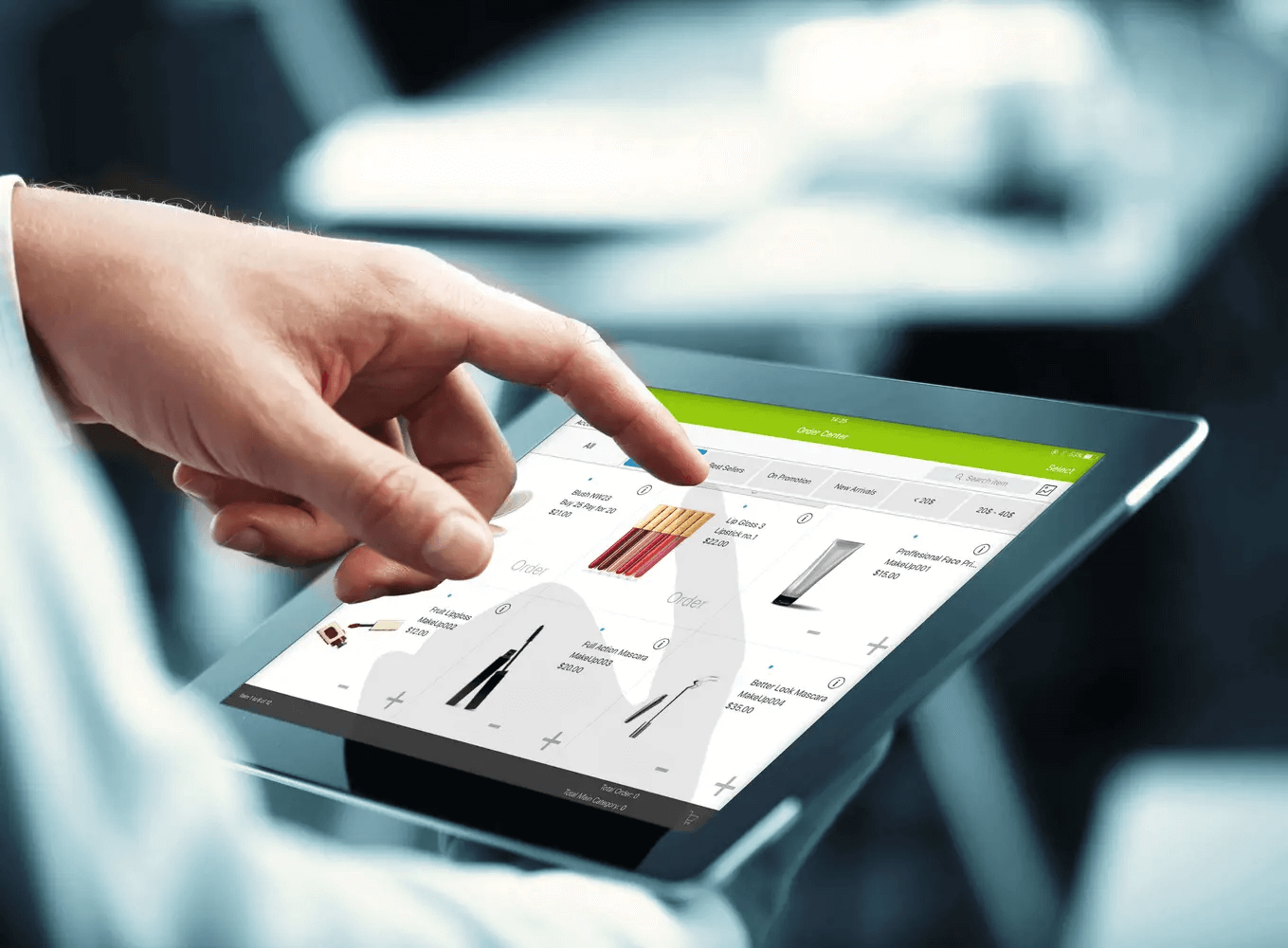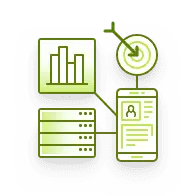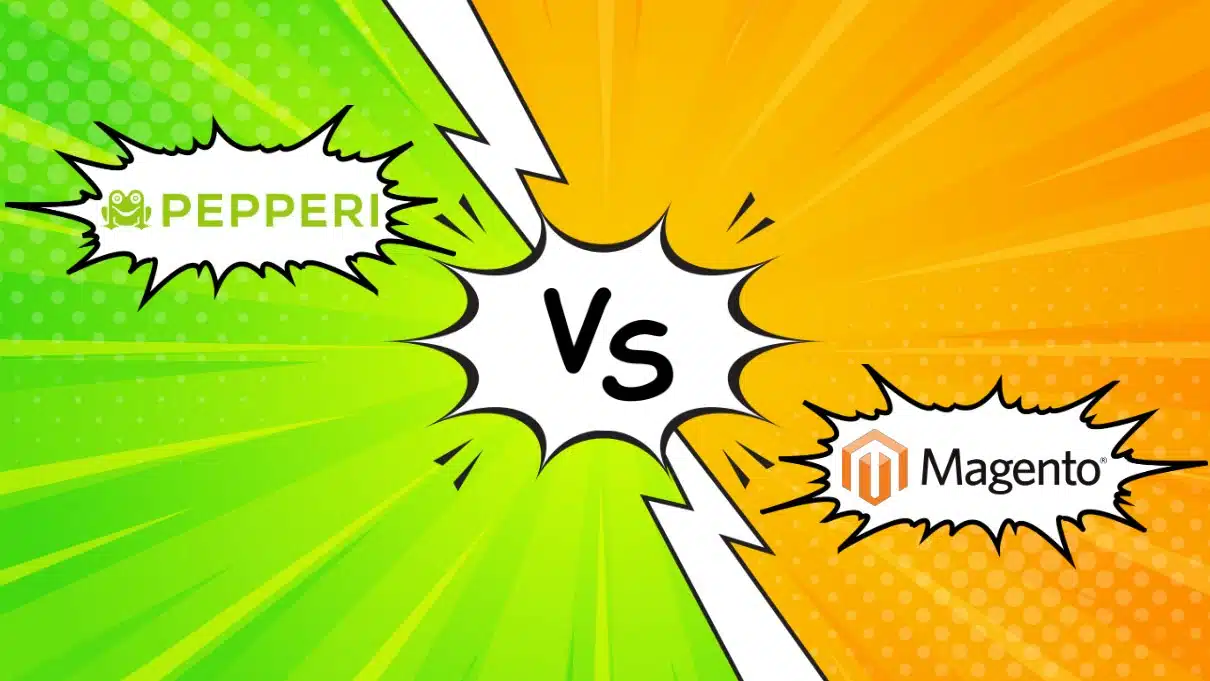Why Distributors are Shifting Retailers from EDI to B2B eCommerce
May 31, 2023 By Yana Persky

In a previous blog post, we delved into the differences between Electronic Data Interchange (EDI) and B2B eCommerce, exploring when each solution is most suitable. Following feedback from several customers, it appears there is a growing trend to migrate EDI merchants to B2B eCommerce platforms. This emerging shift in the business landscape is significant, and understanding the driving factors behind this decision is crucial.
Let’s explore the reasons behind this new trend and uncover the motivations pushing distributors towards B2B eCommerce.
The Cost of EDI
In times of financial instability, distributors face a constant challenge of balancing profitability with providing efficient service to their retailers. The traditional method of Electronic Data Interchange (EDI) has long been the ‘go-to’ solution for retailers due to its reliability. However, the high ongoing costs associated with EDI implementation and maintenance have prompted distributors to adopt a more cost-effective approach by migrating less profitable retailers over to B2B eCommerce platforms.
Setting up an EDI system can be costly, especially for small and medium-sized distributors. Enabling EDI functionality for each retailer comes with a cost of around $6,000 for wholesalers, excluding the additional expense of annual licensing fees for various EDI codes.
Onboarding new merchants can be particularly time-consuming and challenging. The process typically involves requirements gathering, inbound and outbound EDI mapping integration, testing and validating, setting up communication channels, handling 997 EDI acknowledgments, and go-live testing. This process can take at least 3-4 months to complete and may require significant resources and technical expertise.
EDI codes
EDI transactions, such as the Inventory check (EDI 846), Catalog pricing request (EDI 832), Order status inquiry (EDI 869), and Order status response (EDI 870), are essential for exchanging information between retailers and distributors. They provide visibility into inventory levels, pricing updates and order statuses, enabling efficient supply chain management. However, these transactions require two-way communication to process and respond to the request, thereby creating delays, unnecessary friction in the supply chain and increasing administrative overheads.
Chargebacks
Another significant financial burden faced by wholesalers is chargebacks. Suppliers often encounter chargebacks from retailers when they fail to meet order shipment deadlines or neglect to provide the necessary ASN shipping notification. For example, if a supplier misses the ‘no-later-than’ shipping date specified in their contract, they may receive a chargeback from the retailer. This can be a costly and frustrating experience for suppliers, as it can impact their bottom line and damage their relationship with the retailer.
Similarly, if a supplier ships an order on time but fails to send the required ASN notification to the retailer, they may also receive a chargeback. The ASN notification is an important part of the EDI process, as it provides retailers with critical information about the shipment, such as the contents of the order, the shipping method, and the expected delivery date. Without this information, retailers may be unable to accurately track their inventory or fulfill customer orders, which can lead to delays and customer dissatisfaction.
EDI chargebacks are typically imposed by retailers on distributors when there are discrepancies or violations in the EDI transactions, such as incorrect product information, late deliveries, non-compliance with agreed-upon standards, or errors in the documentation. Chargebacks serve as a financial penalty or compensation mechanism for the retailer or trading partner, aiming to rectify issues, encourage compliance, and maintain the efficiency of the supply chain.
Overall, all these direct and indirect costs can be overwhelming for distributors, particularly when the order volume from retailers is low or below average. In such cases, the distributor’s profit margin may suffer, typically by around 3.5%. These mounting expenses have become a significant burden for distributors, necessitating cost-cutting measures to maintain their financial viability.
Thorough Evaluation of Retailers
Thorough evaluation of retailers has become a crucial aspect of distributors’ decision-making processes. In the past, retailers had significant influence over the choice of using EDI for trading, leaving distributors with little choice but to comply with their demands. However, the evolving market dynamics and the rising costs associated with EDI have prompted distributors to adopt a more proactive and analytical approach when evaluating their retailers.
Order volume
One of the key factors in the thorough evaluation process is the order volume of a retailer. Distributors are analyzing the historical order data and projecting future order volumes to assess the potential profitability of each retailer. By understanding the order patterns and volume, distributors can estimate whether the investment in setting up and maintaining EDI for a particular retailer is justified.
Revenue projections
Revenue projections are another critical aspect considered during the evaluation process. Distributors analyze a retailer’s sales performance and growth potential to estimate future revenue generation. This evaluation helps distributors identify retailers with the potential for long-term profitability and prioritize their efforts accordingly.
Business viability
Additionally, distributors consider factors such as the retailer’s overall business viability and strategic fit within their portfolio. They evaluate the retailer’s market positioning, target customer base, and product assortment to determine whether a long-term partnership is mutually beneficial. This thorough evaluation ensures that distributors invest their resources wisely and build a portfolio of retailers that collectively support their growth and profitability objectives.
Transitioning to B2B eCommerce
Distributors are increasingly favoring B2B eCommerce platforms as a cost-effective alternative to EDI. These platforms provide standardized solutions that eliminate the need for individualized EDI setups, significantly reducing setup costs and ongoing maintenance expenses. While retailers may have a preference for EDI due to its established reliability, it is crucial for them to understand the financial pressures faced by distributors.
By migrating less profitable retailers to B2B eCommerce, distributors can allocate their resources more strategically and focus on retailers that contribute to higher order volumes and profitability.
So, how can distributors move away from EDI and adopt B2B eCommerce?
The best approach is to gradually transition from EDI to B2B eCommerce by partnering with a B2B eCommerce provider. This allows distributors to test the waters and get comfortable with the new platform before migrating some of their merchants.
Migrating retailers from EDI to B2B eCommerce presents significant benefits for distributors beyond cost reduction. These platforms offer scalability, flexibility, and improved efficiency, enabling distributors to streamline their operations and allocate resources more effectively. Real-time data exchange, order tracking, and enhanced inventory management capabilities empower distributors to provide better customer service, leading to increased customer satisfaction and loyalty.
Moreover, B2B eCommerce provides a user-friendly interface that is accessible from any device with an internet connection. This means that businesses can access critical information such as inventory levels and order status in real-time from anywhere. Additionally, B2B eCommerce platforms are typically cloud-based, which means that there is no need for businesses to invest in expensive hardware and software or maintain complex IT infrastructure. B2B eCommerce portals offer faster onboarding times and allow suppliers to connect their customers bypassing the complexity and inflexibility of EDI.
Conclusion
The migration from EDI to B2B eCommerce represents a significant and transformative trend that is revolutionizing the way distributors operate in today’s business landscape. It is driven by a compelling need for cost savings, improved flexibility, and scalability.
The thorough evaluation of retailers based on order volume and profitability potential is a pivotal step in this transition. Distributors understand the importance of allocating resources wisely and optimizing cost management to drive profitability. They are keenly aware of the financial burden imposed by traditional EDI systems, including high implementation costs and ongoing licensing fees. As a result, distributors are making informed decisions on whether to invest in setting up EDI for retailers or to encourage the adoption of B2B ecommerce platforms. By embracing B2B eCommerce, distributors are embracing the future, leveraging modern technologies, and positioning themselves as industry leaders in an increasingly digital and competitive landscape.


























